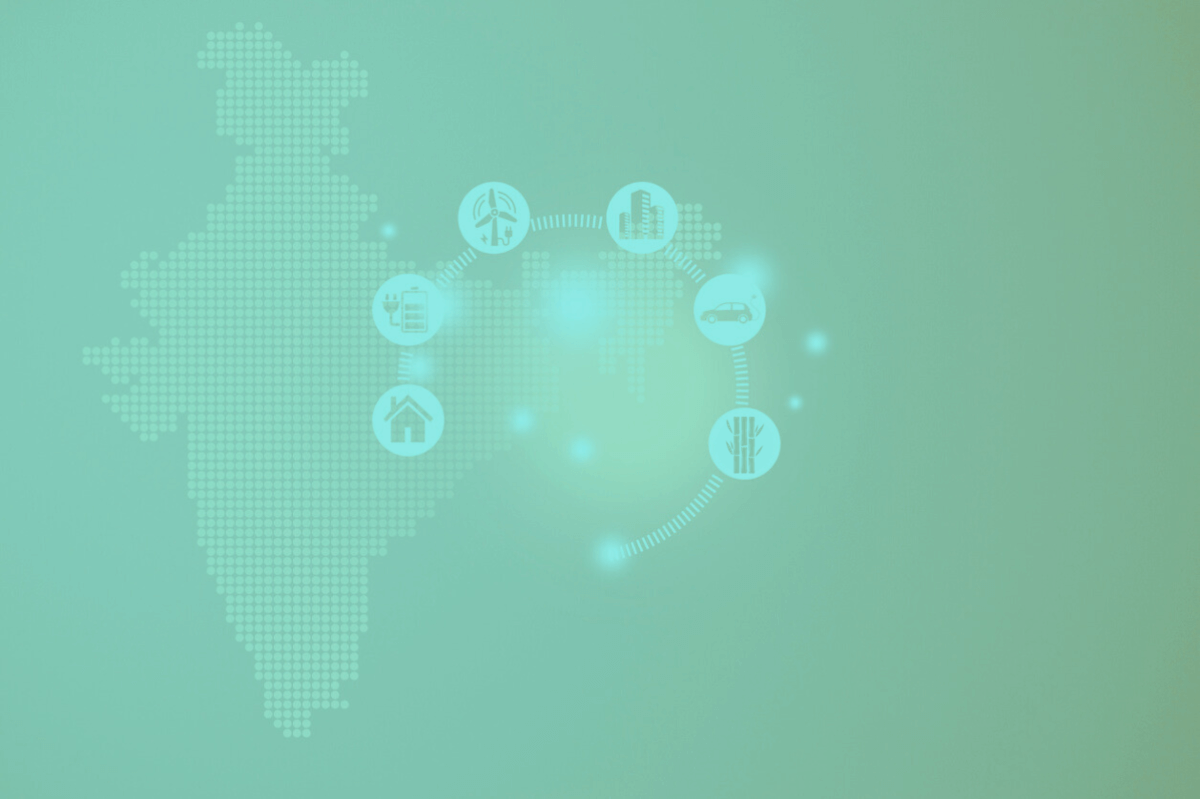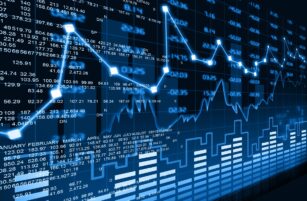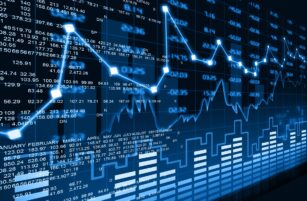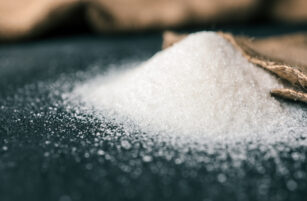Insight Focus
Raw sugar export margins are no longer negative. The monsoon rains have brought normal levels of rainfall.
More sucrose could be diverted to ethanol in the 24/25 season.
Introduction
India, the world’s second-largest producer of sugar, aims to blend 20% ethanol in gasoline by 2025.
This ethanol will be made from sugar cane and various grain feedstocks, which means many Indian mills now have a choice about how they use the sucrose in the cane. We will show the choices they are making in this report.
Maharashtra Sugar Imports/Exports
Domestic sugar prices traded slightly lower at 36.8k INR/mt.

In our previous report we mentioned that raw sugar margins were negative. However, with the world sugar markets’ recent price strength this is no longer the case. At today’s price mills will earn 0.9c/lb over the domestic price if they were to export to the world market.
Refined sugar export margins are also positive, meaning mills would be able to earn 48USD/mt over the domestic market if they were able to export.
The government hasn’t authorised sugar exports for 2023/24 or 2024/25 production at this stage, so the above discussion remains theoretical.

We expect that the earliest the government would authorise exports is at the start of 2025 when it has a better idea of sugar stock levels and expected output in 2024/25. India built sugar stocks in 2023/24 and if next season is also a surplus sugar season we could see a few million tonnes of exports if prices are right.
Ethanol vs Sugar
Many mills/distilleries have a choice over which feedstocks they use to make sugar or ethanol based on the relative prices of ethanol paid by the oil marketing companies.

Monsoon rains have come in at normal levels ahead of schedule across all major cane growing regions. This is positive for sugarcane growth and could potentially lead to better yields next season. Therefore, we think India could divert up to 3.5m tonnes of sucrose to ethanol as cane growth is looking promising.
Earlier in the year mills were incentivised to use C-molasses instead of B-molasses and cane juice. The amount of sugar produced from C-molasses vastly outweighs ethanol production compared to using B-molasses and cane juice, resulting in less revenue generated by the mills as seen in the chart below:

Here are the current prices paid for ethanol by feedstock:

Appendix














